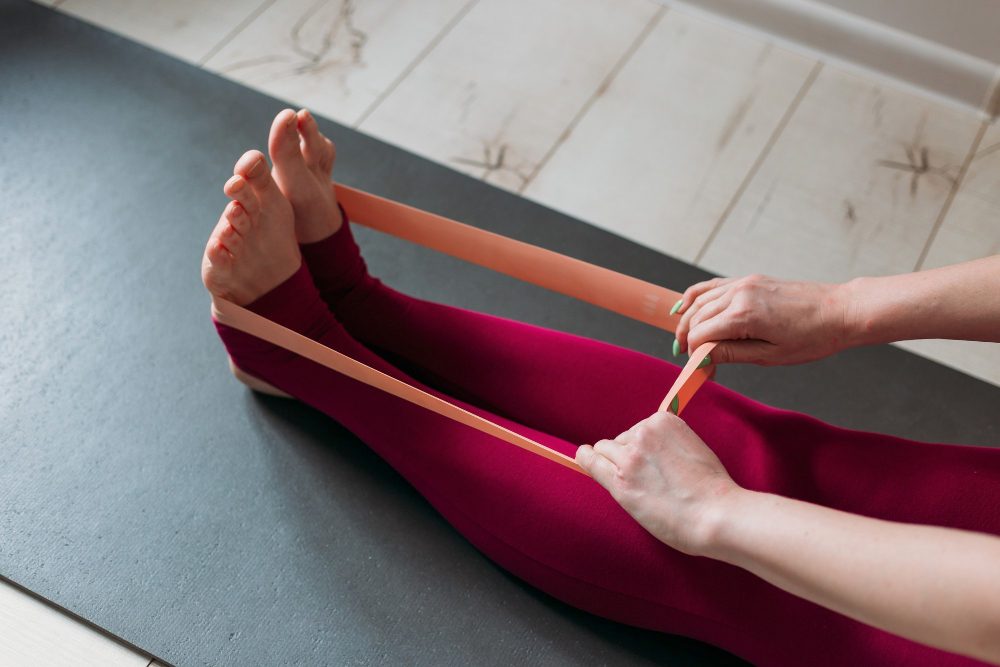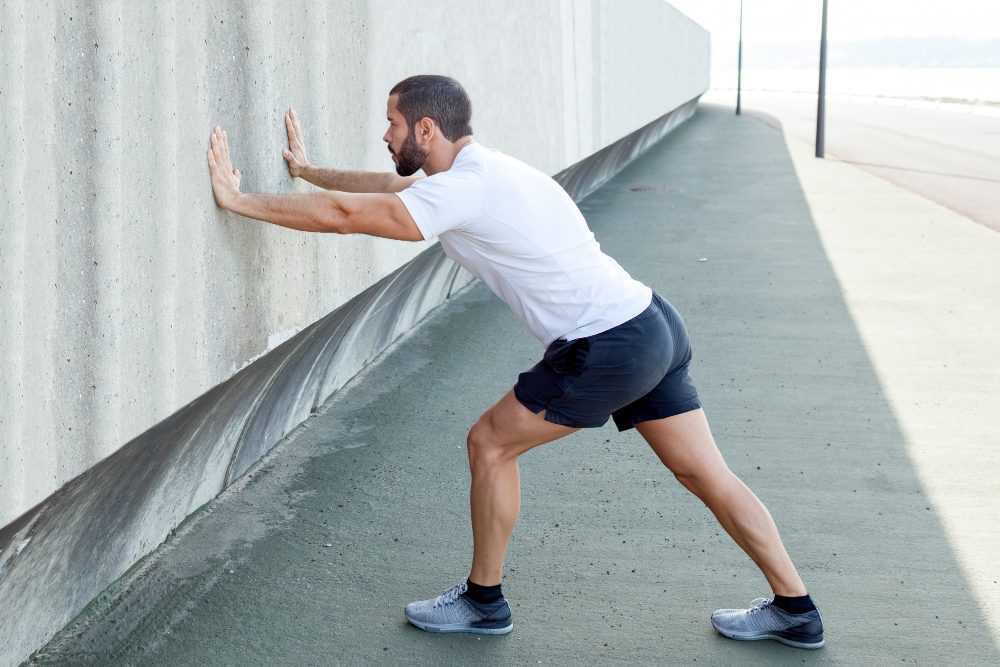

Chronic ankle instability is a condition that often develops after recurrent ankle sprains. It can be characterised as when the ankle gives way while walking, or doing other activities. While the defining trait of ankle instability is the instability itself, often pain can be felt as a symptom.
Usually, an unstable ankle feels wobbly and unstable and can significantly increase the likelihood of the patient spraining their ankle again.
An ankle sprain occurs when the ankle is twisted, rolled, or turned in an awkward way. When this movement tears or stretches the ligaments in the ankle, it's considered a sprain. When an ankle is sprained, muscle reaction time and strength in the joint are usually both reduced. If these factors aren't properly rehabilitated, they can cause ankle stability.
Furthermore, if a sprain isn't treated properly and left to heal on its own, the stretched or torn ligaments may not heal properly, which can result in ankle instability. After an ankle sprain has healed, if it's not rehabilitated properly, scar tissue can build up and make the joint very stiff. Proper treatment and rehabilitation of an ankle sprain is of utmost importance.
Acute ankle instability can be defined as a new case of ankle instability, whereas, chronic ankle instability is a condition that progressed over a period of time.
Fortunately, most cases of chronic ankle instability can be treated through physical therapy, bracing and medications. However, in rare severe cases, surgery may be required to repair or reconstruct the damaged ligament.
People with ankle instability may experience some, or all, of the following symptoms:




Aerobic exercise can be useful to rehabilitate an injured ankle and to help with ankle instability. However, to ensure that the specific exercise is right for your condition, you should always check with a medical professional first.
Usually, a podiatrist, physical therapist or doctor will suggest a low-impact exercise for rehab, like swimming or riding a stationary bike.
If you've sprained your ankle in the past and had it treated properly, then you've probably been given a range of strengthening exercises, balance exercises and stretches to do to rehabilitate it. Many people assume that they don't need to do the exercises once their ankle is feeling better again, however, this couldn't be further from the truth. Completing the exercises assigned by your doctor or physio is critical to ensure that the ankle has full movement and won't face further problems down the line - like ankle instability.
While you should never ignore any ankle pain - in this case, it's especially true that you shouldn't ignore ankle pain that's come on suddenly as an injury. If the ankle injury is an acute ankle sprain, and it's ignored and not treated properly, the ligament can tear further. This makes both treatment and rehabilitation harder. It will also leave you more prone to developing ankle instability. So, it's extremely important to see a doctor or podiatrist immediately if you experience an ankle injury.
Ankle braces aren't only for ankle injuries - they can also work as a preventative measure. High contact sports with a lot of stops and starts, like hockey, soccer and basketball, have a high risk for players to sprain their ankle. To avoid this, you can strap your ankle before playing sports so that your ankle is supported and won't' twist in an awkward way that can cause an injury. Furthermore, a brace will train the body to avoid moving the ankle in a way that may cause injury. To support your ankle you can wear an ankle brace, or you can strap it with tape.
To avoid developing ankle instability, you should avoid an ankle sprain and other ankle injuries in the first place. Ensuring that your warm-up before exercising will help to raise the temperature of your muscles which allows for more flexibility. In turn, this prevents stress on the ligaments, tendons, and joints, and can help you avoid sprains. To warm-up, you should do a gentle to moderate endurance activity for 5-10 minutes. This could be a jog, star jumps or some walking lunges.
Podiatrists specialise in medical conditions that involve the feet and lower limbs and are experts in diagnosing and treating ankle instability. A podiatrist can run a physical exam to confirm our diagnosis. If they deem that you have ankle instability, they will work out the best treatment for your condition. Usually, this will involve a combination of racing and physical therapy through a functional rehabilitation program.
A podiatrist is also able to determine how severe your ankle instability. If they suspect it may need surgery, they can run further tests and answer any questions that you may have.
If you suspect you have ankle instablity and would like to make an appointment with one of our expert podiatrists, you can do so on our website here.
Book your appointment with our podiatry team online
here
or call us on (07) 3356 3579.
| Monday | 7:40am - 6:00pm |
| Tuesday | 7:40am - 6:00pm |
| Wednesday | 7:40am - 6:00pm |
| Thursday |
7:40am - 6:00pm |
| Friday | TEMP CLOSED |
| Saturday | CLOSED |
| Sunday | CLOSED |
Ground Floor, 344 Queen Street,
Brisbane City QLD 4000
| Monday | 7:40am - 6:00pm |
| Tuesday | 7:40am - 6:00pm |
| Wednesday | 7:40am - 6:00pm |
| Thursday |
7:40am - 6:30pm |
| Friday | 7:40am - 5:00pm |
| Saturday | 7:40am - 4:30pm |
| Sunday | CLOSED |
Newmarket Village, 114/400 Newmarket Rd, Newmarket QLD 4051